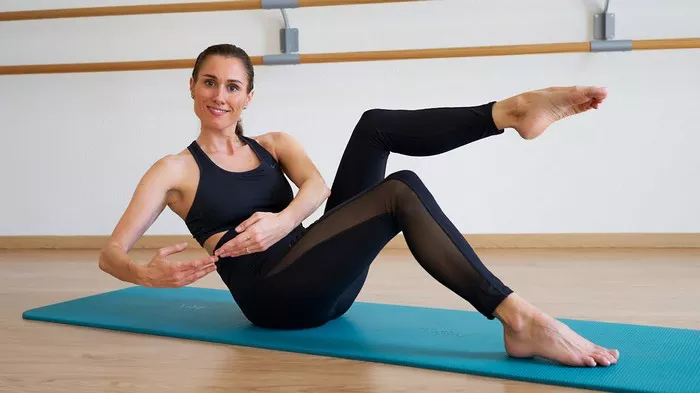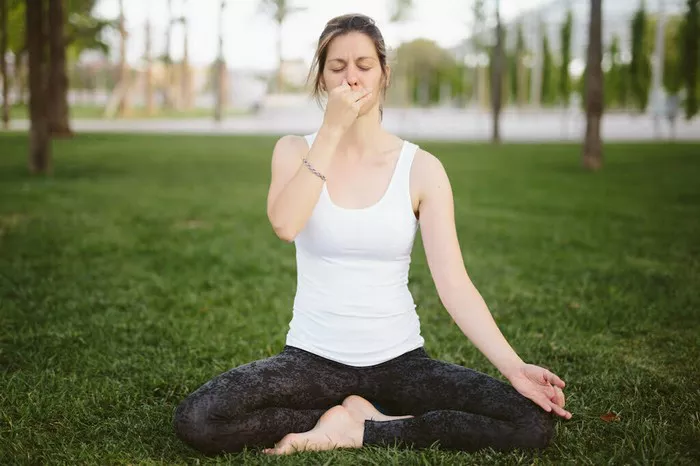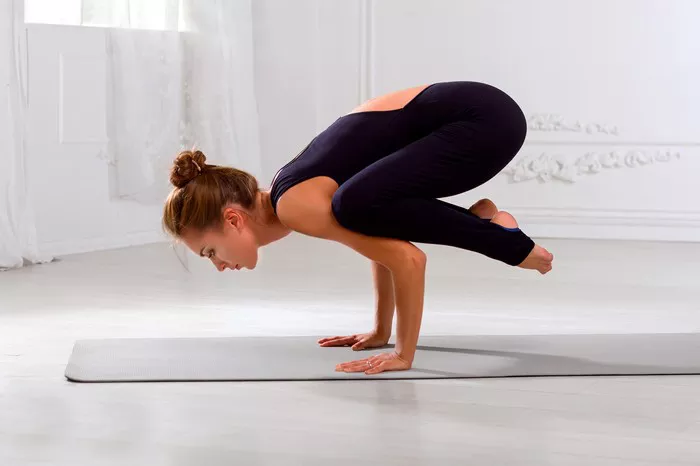Vinyasa yoga, often referred to as flow yoga, is a dynamic and popular style that synchronizes breath with movement. It offers practitioners a fluid and energizing experience, seamlessly transitioning between poses while maintaining a focus on breath and mindfulness. For yoga instructors, teaching a Vinyasa class requires a combination of creativity, precision, and the ability to guide students through a balanced and invigorating practice. Whether you’re a seasoned instructor or just starting out on your teaching journey, here are ten invaluable tips to enhance your Vinyasa yoga classes and empower your students to deepen their practice.
1. Set a Clear Intention:
Begin each class by setting a clear intention. This intention will serve as the guiding theme for the practice and provide your students with a focal point for their mindfulness. Whether it’s cultivating gratitude, finding balance, or simply connecting with the breath, ensure that your intention resonates with the needs of your students and reflects the essence of Vinyasa yoga.
2. Create a Thoughtful Sequence:
Crafting a thoughtful sequence is essential for a successful Vinyasa class. Consider the theme or intention you’ve set and design a sequence of poses that flow seamlessly from one to the next. Incorporate a variety of poses, including standing, balancing, seated, and inversions, to create a well-rounded practice that challenges and engages your students at every level.
3. Emphasize Breath Awareness:
In Vinyasa yoga, the breath is the foundation of the practice. Encourage your students to maintain a steady and rhythmic breath throughout the class, using it as a tool to deepen their awareness and enhance their experience. Cue breath with movement, guiding students to synchronize each inhale and exhale with specific poses, and remind them to return to their breath whenever their minds wander.
4. Offer Modifications and Variations:
Every student comes to the mat with a unique body and level of experience. As a Vinyasa yoga teacher, it’s essential to offer modifications and variations to accommodate students of all levels and abilities. Provide options for both beginner and advanced practitioners, allowing everyone to find their edge while respecting their body’s limitations and boundaries.
5. Use Clear and Concise Cueing:
Effective cueing is key to guiding students through a Vinyasa class safely and seamlessly. Use clear and concise language to cue transitions between poses, articulate alignment cues, and offer encouragement throughout the practice. Avoid overwhelming your students with too much information and instead focus on delivering instructions that are easy to understand and follow.
6. Cultivate Mindfulness and Presence:
Vinyasa yoga is not just about physical movement; it’s also about cultivating mindfulness and presence on and off the mat. Encourage your students to cultivate a sense of presence by anchoring their awareness in the present moment, letting go of distractions and judgments, and embracing each breath and movement with full awareness and intention.
7. Incorporate Music Mindfully:
Music can enhance the atmosphere and energy of a Vinyasa class when used mindfully. Choose music that complements the pace and intensity of your sequence, creating a seamless and immersive experience for your students. Pay attention to the volume and tempo of the music, ensuring that it supports rather than distracts from the practice.
8. Offer Hands-On Adjustments:
Hands-on adjustments can provide valuable feedback and support to your students, helping them refine their alignment and deepen their experience in poses. However, it’s essential to approach adjustments with sensitivity and respect for each student’s comfort level and boundaries. Always ask for consent before offering hands-on adjustments and be mindful of any physical injuries or limitations.
9. Encourage Self-Exploration and Playfulness:
Vinyasa yoga is a practice of self-exploration and playfulness, encouraging students to explore their bodies, minds, and spirits with curiosity and joy. Create a supportive and non-judgmental environment where students feel empowered to take risks, try new poses, and embrace the process of growth and transformation.
10. Cultivate a Sense of Community:
Finally, cultivate a sense of community within your Vinyasa yoga classes by fostering connections among your students and creating opportunities for them to support and uplift one another. Encourage students to share their experiences, insights, and challenges with each other, creating a supportive and inclusive space where everyone feels welcome and valued.
Conclusion
In conclusion, teaching a Vinyasa yoga class is a multifaceted and rewarding endeavor that requires skill, creativity, and a deep understanding of the practice. By setting a clear intention, creating thoughtful sequences, emphasizing breath awareness, offering modifications, using clear cueing, cultivating mindfulness, incorporating music mindfully, offering hands-on adjustments, encouraging self-exploration and playfulness, and cultivating a sense of community, you can create a transformative and empowering experience for your students, guiding them on their journey toward greater health, happiness, and self-discovery.




















